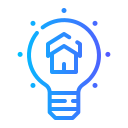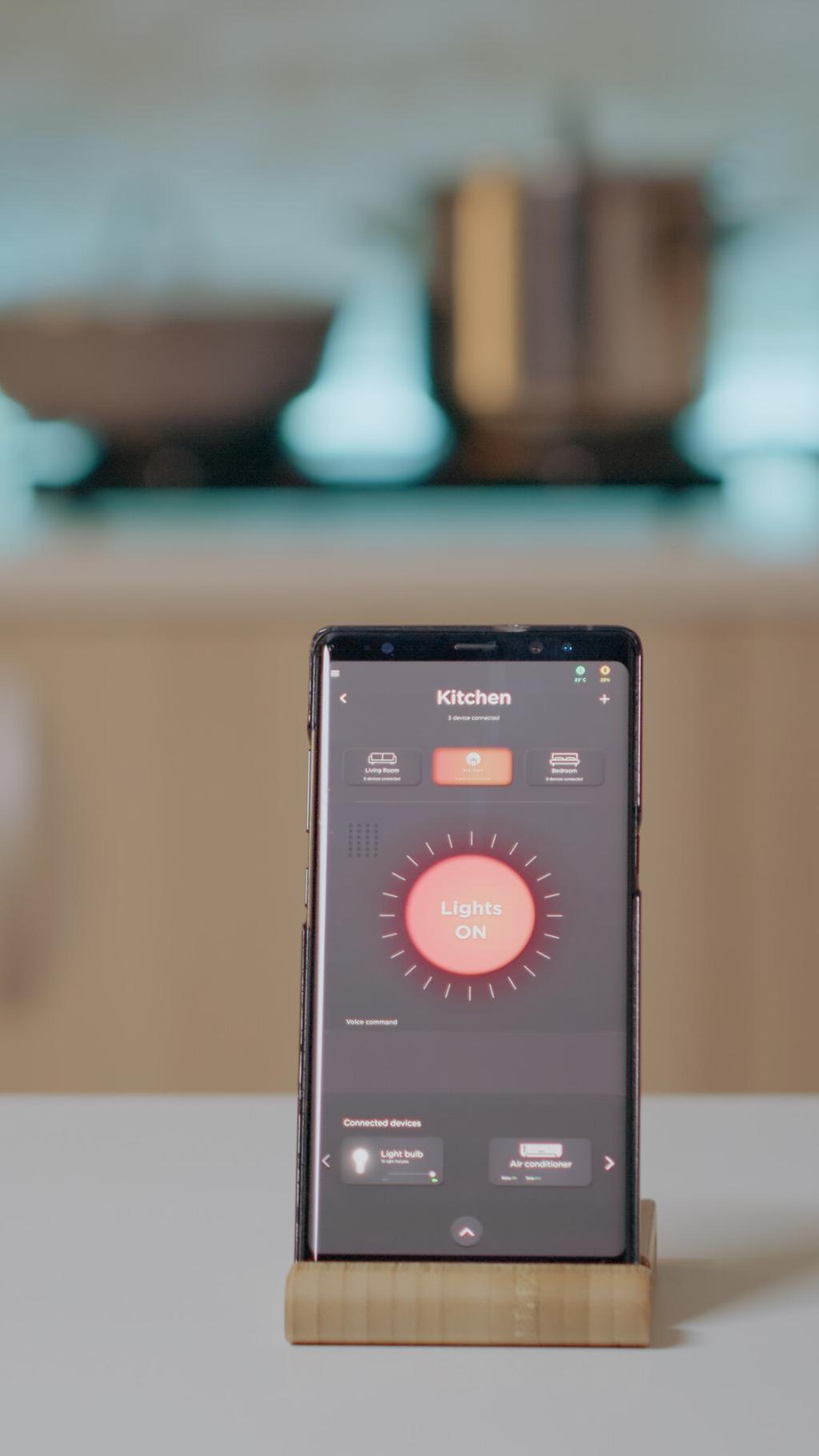Grid-Interactive Homes and Demand Flexibility
Dynamic rates once felt confusing; soon they will feel empowering. Automations align dishwashers, car charging, and water heating with cheaper, cleaner hours. You still decide the boundaries; the system handles the timing, and the results appear as smaller bills and a lighter carbon footprint.
Grid-Interactive Homes and Demand Flexibility
During peak events, your home trims load in subtle ways: a one-degree thermostat nudge, a brief water heater pause, or a smart EV charging delay. You barely notice, yet those small adjustments meaningfully support grid stability and reduce emissions. Tap to opt-in once, then forget the stress.






